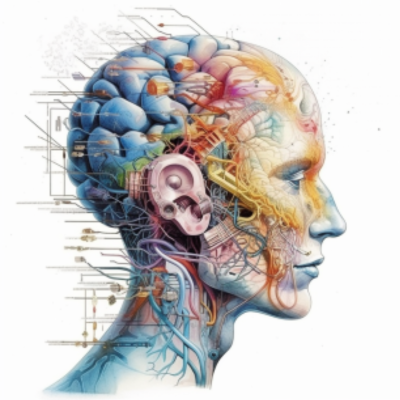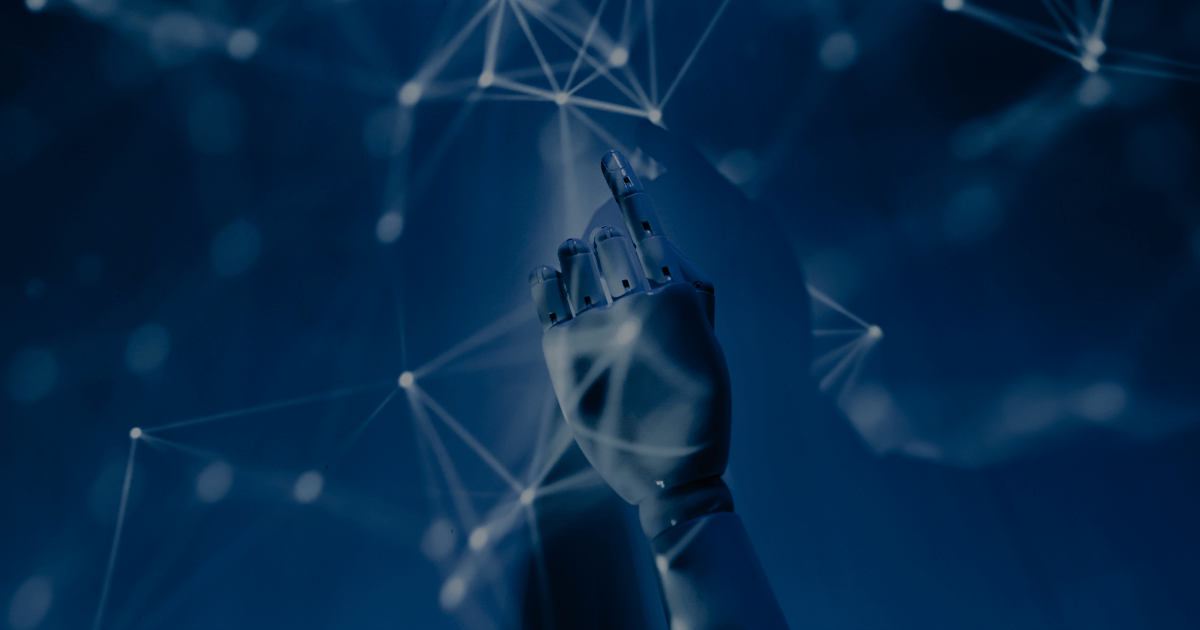
ChatGPT, Open AI’s groundbreaking conversational AI model, within 2 months of its launch, has 100 million users and 1.8 billion visitors within a span of 6 months, offers profound potential, while also evoking significant implications. It is being used and stated by many as a revolutionary approach. A lady created a virtual husband of her choice by using Replika, which is again built on a neural network machine learning model similar to ChatGPT. A research scholar producing a research paper every day, is it acceptable? Are we losing human ingenuity and touch? Is it taking over human beings? The Danish Prime Minister delivered a speech in parliament partly using ChatGPT to highlight a point that is fascinating and terrifying. Can ChatGPT take over all functions of leadership whose role would become limited. It is a hot topic of the globe today and it should be regulated before it becomes too powerful. Geoffrey Hinton, a pioneer of AI resigned from his position from Google citing growing concerns about ethical implications of the technology he helped create.
Prime Minister Modi recently discussed in Delhi AI future in India with ChatGPT founder Sam Altman. Here’s a more refined analysis of its pros and cons of adoption of AI.
Positive of Its adoption
1. Unparalleled Responsiveness: ChatGPT can conduct numerous interactions concurrently, a feat unattainable by human counterparts. This efficiency lends itself particularly well to customer support roles, enhancing response rates and user satisfaction.
2. Round-the-Clock Operation: Free of human constraints such as fatigue or the need for sleep, ChatGPT provides a continuous service, essential for roles necessitating 24/7 availability. In an era of instant gratification, this perpetual operation elevates user experience significantly.
3. Extensive Knowledge Base: Leveraging vast datasets and machine learning, ChatGPT offers an encyclopedic range of topic comprehension. This feature permits it to create contextually relevant, human-like responses to a diverse array of prompts.
4. Scalable Solution: ChatGPT can be effectively and economically scaled to serve an extensive user base, since its ability to understand natural language and create meaningful context out of textual conversation makes it easier for a non technical person to adopt and use at ease making it a cost-effective solution for large organizations.
5. Multilingual Proficiency: Its advanced linguistic capabilities, extending across numerous languages, render it an invaluable tool in our globally connected world.
Negatives of its Adoption
1. Contextual Misunderstanding: Despite its proficiency, ChatGPT lacks a genuine understanding of the subtleties and nuances of human language, emotion, and cultural context. This lack can lead to inaccurate interpretations and inappropriate responses.
2. Potential for Ethical Misuse: The model’s capacity to generate convincing content raises concerns about misuse, including the fabrication of misleading information, spam generation, or more insidious forms of deception.
3. Bias Propagation: ChatGPT’s responses hinge on its training data. If this data is skewed or biased, it could inadvertently perpetuate harmful stereotypes or unfair depictions.
4. Accountability Concerns: With potential harms from AI content, delineating responsibility is complex. The matter of whether accountability lies with the AI developers, its users, or the AI itself remains contentious.
5.Employment Implications: As AI technologies increasingly automate tasks, concerns about employment displacement intensify. The prospect of AI rendering certain jobs obsolete raises serious societal and economic questions.
6. Graph data limitations: Inability to process visual data such as graph.
In conclusion, ChatGPT is a powerful, transformative technology with immense benefits including efficiency, continuous operation, broad-based knowledge, scalability, and linguistic versatility. However, its limitations underscore essential considerations, encompassing context comprehension, ethical misuse, propagation of biases, accountability, and the societal impact on jobs. As the AI landscape evolves, these aspects warrant careful consideration to ensure responsible and equitable application of such technology, before humans are replaced by computers as is reflective in image below.


